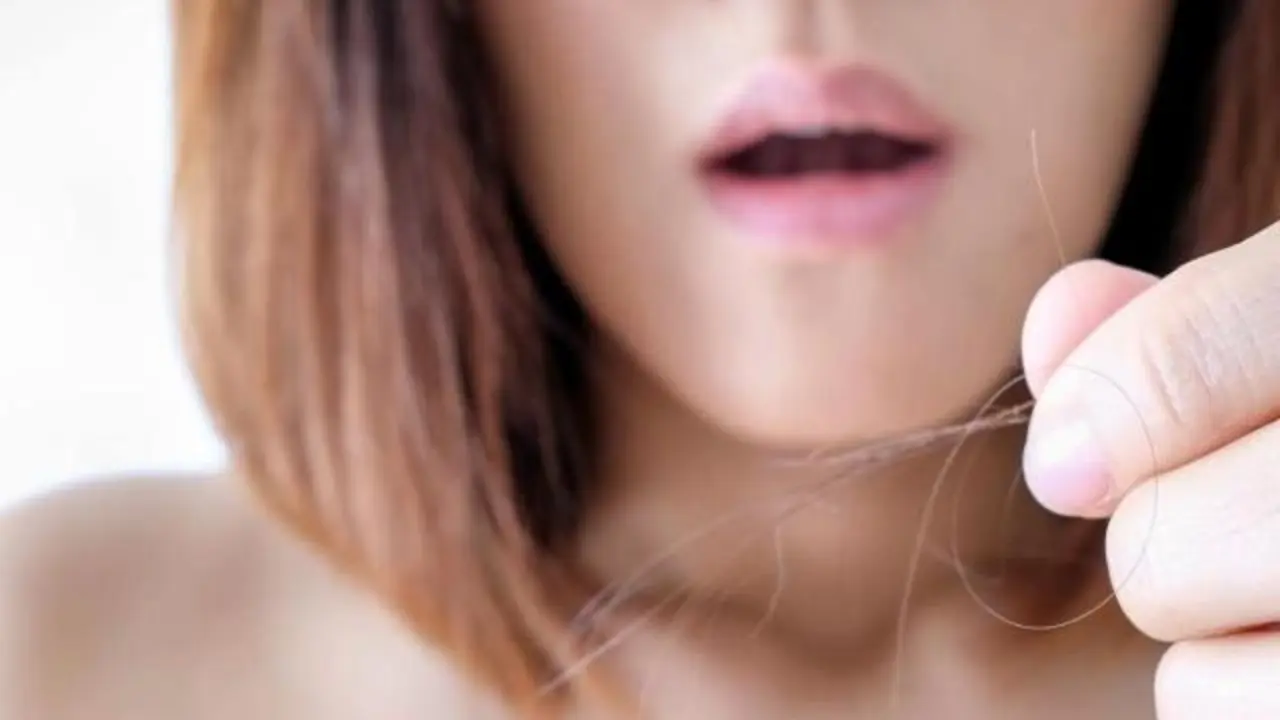Hair Loss: What Triggers It and How to Fight Back
Seeing more strands on your pillow or in the shower can be unsettling, but understanding why it happens is the first step toward stopping it. Hair loss isn’t always a mystery; most of the time it follows patterns that you can recognize and address.
Common Causes of Hair Loss
Genetics tops the list. If close relatives went bald early, you’re more likely to see the same pattern. This type, called androgenetic alopecia, usually starts with a receding hairline in men and diffuse thinning on the crown for women.
Hormones play a big role, too. Pregnancy, birth control, menopause, and thyroid issues can shift the growth cycle, leading to sudden shedding. Stress—whether physical, emotional, or from illness—can push a large number of follicles into a resting phase, causing what doctors call telogen effluvium. You’ll notice a noticeable thinning a few months after the stressful event.
Nutrition matters. A diet low in iron, protein, or essential vitamins can starve hair follicles. Even a hidden deficiency, like low vitamin D, may show up as thinning patches.
Medications are another hidden culprit. Blood thinners, certain antidepressants, and chemotherapy drugs are known to slow or stop hair growth. If you’ve started a new prescription and notice shedding, talk to your doctor about alternatives or supportive supplements.
Effective Treatments and Everyday Tips
Topical minoxidil (often sold as Rogaine) is the only over‑the‑counter solution proven to boost growth for many people. Apply it to a dry scalp twice daily and be patient—visible results usually appear after three to six months.
Finasteride, a prescription pill for men, blocks the hormone DHT that shrinks follicles. It’s taken once a day and can halt further loss; some users also see regrowth.
If you prefer natural routes, consider saw‑tooth oak extract, pumpkin seed oil, or caffeine‑infused shampoos. While the evidence isn’t as strong as pharmaceuticals, many users report slower shedding and thicker feel.
Don’t overlook scalp health. Regular gentle massage improves blood flow and helps clear buildup that can block follicles. Use a light, sulfate‑free shampoo and avoid harsh styling tools that tug on the hair.
Dietary tweaks make a difference. Aim for lean proteins, iron‑rich foods like spinach and lentils, and omega‑3 fatty acids from fish or walnuts. A daily multivitamin that includes biotin, zinc, and vitamin D can fill gaps.
Lastly, manage stress. Short walks, meditation, or a hobby you enjoy can lower cortisol levels, which in turn reduces the chance of stress‑induced shedding.
Hair loss can feel personal, but most cases have identifiable triggers and proven ways to improve the situation. By spotting the cause, using the right treatment, and supporting your scalp day‑to‑day, you give your hair the best shot at getting thicker and healthier.
The Connection Between Thyroid Deficiency and Hair Loss
Hello, beauties! Today let's talk about something really important - our health, and more specifically, the connection between thyroid deficiency and hair loss. This is something that's been on my mind lately, as more and more of my friends are sharing their struggles with similar health issues. Understanding the link can really help in figuring out the right treatments. So, do join me on this journey of knowledge and self-awareness, because let's face it, our health is the platform on which we build our beauty.
Learn more...